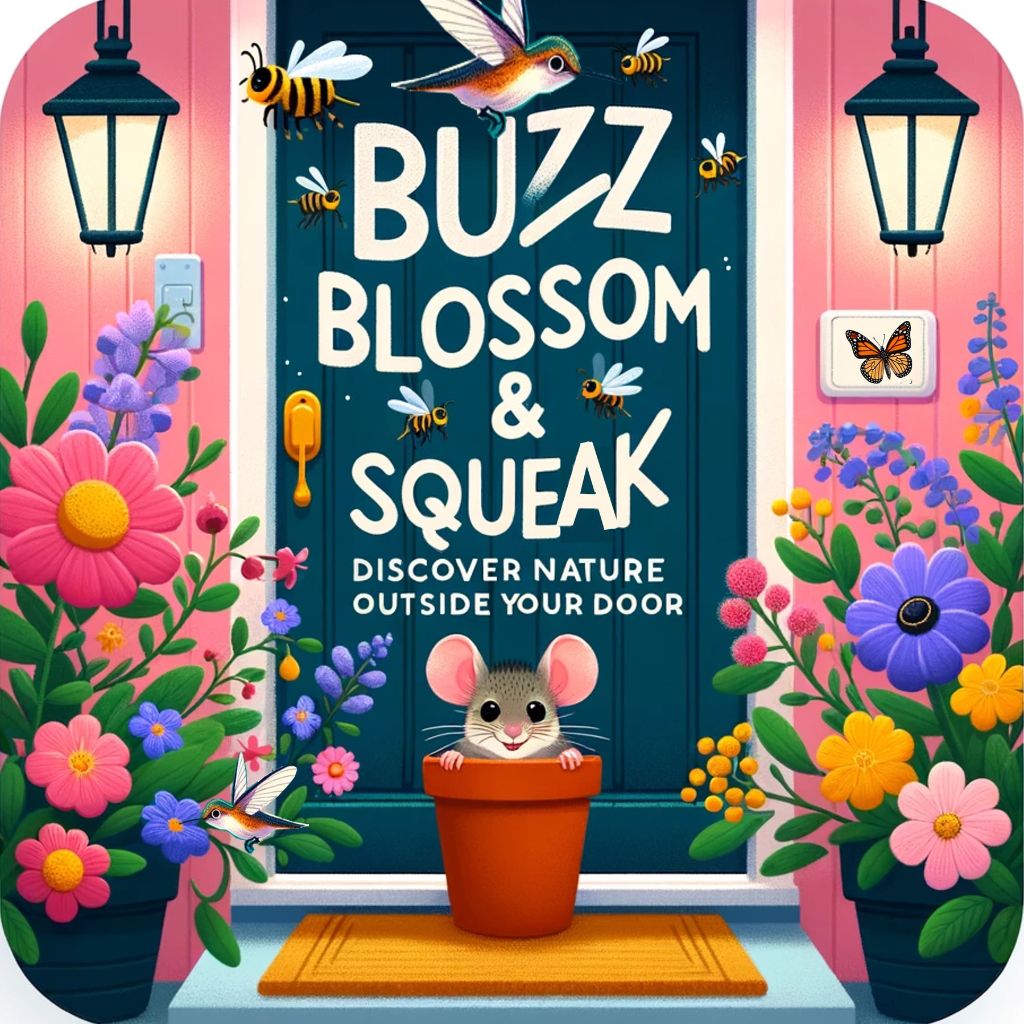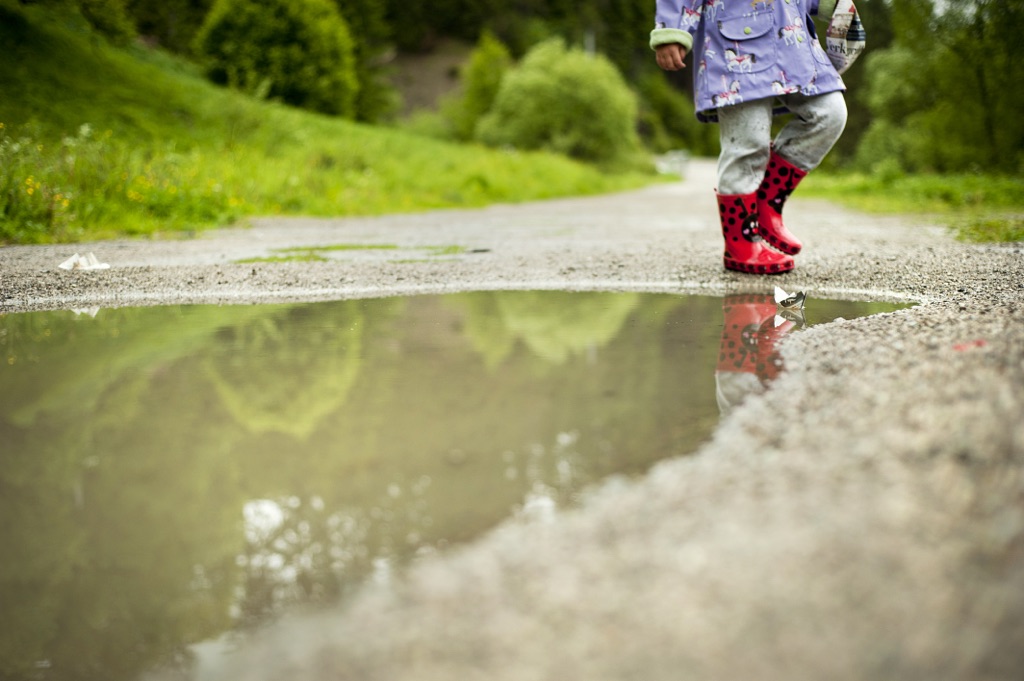Water is a constant in our lives, but have you ever stopped to really observe it? Tristan Gooley, in his book How to Read Water: Clues and Patterns from Puddles to the Sea, invites us to explore the often-overlooked details of water and its behavior. From puddles to oceans, Gooley explains how water teaches us about the world around us.
Water’s cohesive nature, where molecules attract each other, is the foundation of everything from raindrops to rivers. Leonardo da Vinci himself was captivated by the way water droplets would cling to tree branches before finally falling. Gooley takes this further, explaining how small, observable phenomena, such as raindrops merging or insects walking on water, offer insights into the complex processes seen on larger scales, like the formation of lakes and rivers.
One of the most interesting observations Gooley makes is how the actions in a small pond mirror those of the ocean. From wind-driven ripples to wave interference, where waves collide and intensify, these patterns are universal. Gooley also dives into the importance of surface tension, which allows bugs to walk on water and explains why detergent disrupts this balance.
This profound connection between water and the natural world extends to wildlife. Birds, animals, and even plants are drawn to water, often setting up their habitats near it. Gooley’s insights show that even something as simple as a puddle can reveal much about the ecosystem and landscape. Next time it rains, take a moment to look closer at a puddle. It might just teach you something new about the world around you.

